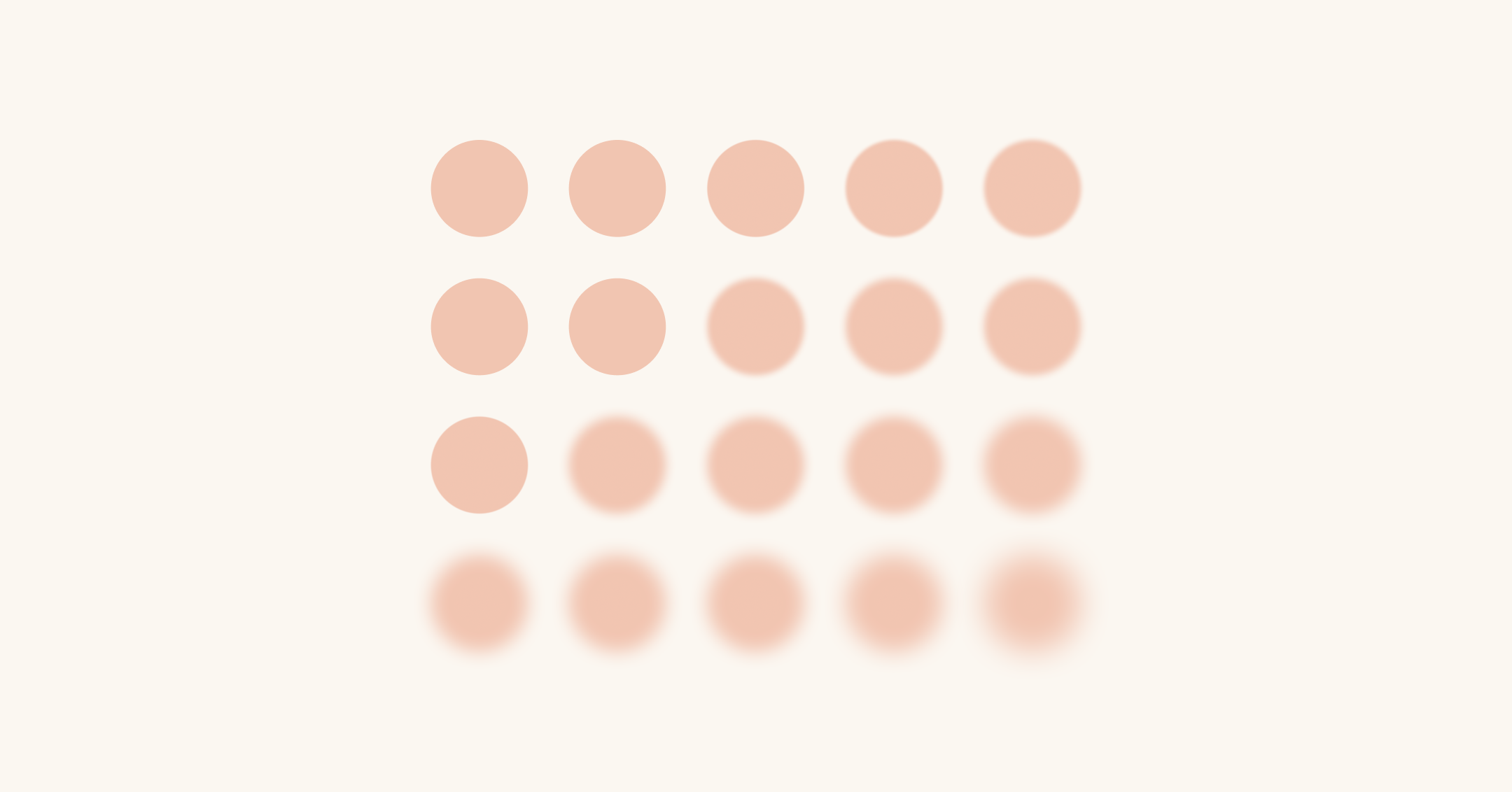Dialectical behavior therapy (DBT) is a first-choice treatment for borderline personality disorder (BPD), but it can also help with many other mental health conditions.
As the name suggests, DBT can help you develop dialectical thinking skills to combat black-and-white thinking. Dialectical thinking can help you allow two opposing truths to exist at once.
The core components of DBT are emotion regulation, distress tolerance, interpersonal effectiveness, and mindfulness.
You may know that dialectical behavior therapy (DBT) is a common treatment for borderline personality disorder (BPD). But did you know that it can also be helpful for treating many other mental health conditions, like substance use disorders and bipolar disorder? It can even help reduce symptoms like suicidal ideation and self-harm behaviors. And if you’ve experienced any kind of trauma, DBT might be the right type of therapy for you.
What is DBT?
Dialectical behavior therapy (DBT) is a type of therapy that’s based on cognitive behavioral therapy (CBT) principles. It can help you learn mindfulness and distress tolerance skills. And it can teach you techniques to help you regulate your emotions and have relationships with more effective communication. It may also be beneficial if you experience a lot of black-and-white thinking, which is a symptom of many mental health conditions.
The four pillars of DBT
You can separate what you’ll learn from DBT treatment into four main categories: mindfulness, distress tolerance, emotion regulation, and interpersonal effectiveness. Each of these categories support and complement each other. For this reason, you may find that it gets easier to pick up new coping skills as you go.
1. Mindfulness
Many people, especially those with mental health conditions or trauma, worry excessively about the past and future. Mindfulness can help you learn how to be present in the moment. It also teaches you to face whatever is happening right now without judgment. Mindfulness sets the stage for the other core components of DBT, so it may be one of the first things your therapist focuses on.
2. Distress tolerance
When your therapist teaches you distress tolerance skills, you’ll once again focus on mindfulness. In particular, you’ll learn to accept the way things are in the present moment, instead of trying to change them. This mindset is sometimes called “radical acceptance.” It’s important because it’s not possible to go through life completely avoiding distressing situations. DBT can help you learn to better tolerate pain in difficult situations, instead of trying to change the situation or escape the pain.
3. Emotion regulation
If you’ve ever had difficulty managing your emotions, DBT may be a good choice for you. You’ll first learn how to recognize and name your emotions. Then, you’ll learn to strike a balance between accepting difficult emotions and learning to change them. It can also help you learn to turn down the severity of emotions that feel overwhelming. This can help you approach personal and relationship challenges with a clearer head.
4. Interpersonal effectiveness
With DBT, your therapist can help you learn and practice social skills to improve your relationships. Many people with BPD and other mental health conditions have attachment issues caused by trauma and invalidation. This can make it difficult for them to express their needs and handle conflict. DBT can teach you how to prioritize yourself while also maintaining important relationships.
The care you need, when you need it
Learn how Rula can support your mental health journey
The role of dialectical thinking in DBT
DBT can also help you develop and practice the ability to hold multiple opposing truths at the same time. This skill is called dialectical thinking. Dialectical thinking can be especially helpful for combating black-and-white thinking.
Black-and-white thinking is a cognitive distortion, or irrational thought pattern. It’s a symptom of many mental health conditions, including BPD. Black-and-white thinking causes people to see situations and people as either all good or all bad. When you experience this way of thinking, it can be difficult to recognize nuance in challenging emotional situations.
In the context of BPD, this is sometimes called “splitting.” If you have BPD, you may even go back and forth between these two extreme emotions. And it can be very difficult to land somewhere in the middle. For example, if your partner does something to upset you, you may go from seeing them as totally perfect to seeing them as completely flawed. And your perception of them may go back and forth between adoration and hatred. This can be hard on both the person with BPD and their partners, friends, and family members.
That’s where dialectical thinking comes in. “Dialectical” refers to the way conflicting ideas interact. In other words, a dialectic is the existence of two truths that seem like they are opposites and shouldn’t be able to exist together. When you learn dialectical thinking skills through DBT, you learn to hold both of those truths and let them exist at the same time.
To return to our previous example, with dialectical thinking, you learn to hold two truths: My partner is a good person who tries their best, and they sometimes make mistakes and aren’t perfect. Dialectical thinking can help you accept that both of those things can be true at the same time. This technique can help reduce feelings of distress and lower your symptoms. It can also help you learn to accept and better understand other people’s behavior, even when it’s confusing or triggering.
Dig deeper:
What conditions can DBT treat?
DBT is the only research-backed treatment for BPD. But it shows promise for reducing the symptoms of many different mental health conditions.
Borderline personality disorder (BPD)
DBT was originally developed to treat people with BPD, especially women with BPD who also experienced suicidal ideation. Personality disorders typically stem from trauma, and BPD is no exception. DBT targets symptoms of BPD that come from trauma, like fear of abandonment, mood swings, impulsivity, a shifting sense of self, and unstable relationships.
DBT for other mental health conditions
Studies show that DBT can help with a wide range of mental health conditions. This is likely because BPD shares overlapping symptoms with many other conditions. For example, mood swings are a symptom of BPD, PTSD, depression, and bipolar disorder. Some of the conditions and symptoms that DBT can help treat include:
Suicidal ideation and self-harming behavior: The developer of DBT originally intended for it to help treat women with BPD who showed parasuicidal behavior. Parasuicidal behavior is intentional behavior that harms oneself, whether the person has suicidal intentions or not.
Mood disorders: DBT can help treat both depression and bipolar disorder. It’s especially effective for helping lower the severity and frequency of mood swings, since it teaches emotion regulation. It can also help with the impulsivity that often comes with manic episodes in people with bipolar disorder. One study found that people with bipolar disorder who attended DBT sessions had “less fear toward and more control of emotional states.”
Post-traumatic stress disorder (PTSD): Because DBT can help people who’ve experienced trauma, it’s great for treating PTSD. DBT can help survivors of abuse place less blame on themselves and have fewer intrusive thoughts about the trauma. And fostering dialectical thinking skills can help them view themselves and their abuser through a more realistic and nuanced lens.
Substance use disorders: DBT can help treat substance use disorders, especially in people who also have BPD. DBT also shows promise for treating people with substance use issues who have not responded to other types of treatment.
Eating disorders: In one study of people with bulimia, DBT significantly lowered participants’ symptoms. In another study on women with binge eating disorder, 89% of the participants had stopped their disordered eating behaviors by the end of DBT treatment, and 56% still showed a lack of symptoms after six months.
People with multiple mental health conditions: DBT is a great treatment option for people with more than one mental health condition. It can be especially helpful for people with both BPD and another condition, like a substance use disorder or an eating disorder.
What can you expect from DBT?
There are therapists who are certified and specialize solely in DBT. There are also some who prefer to use a mix of therapy types. And it’s possible to find therapists who aren’t fully certified in DBT but still use DBT techniques with clients. When you meet with your therapist for the first time, they can help determine which route is best for you.
Regardless, no two DBT sessions are alike, so the experience will vary from person to person. But there are some things you can expect from your sessions.
Your first session
During your first session, your therapist will start by introducing themselves and learning more about you. They will ask you about your mental health history. This may include talking about your symptoms and their severity, your previous diagnoses, any types of treatment you’ve already tried, and whether you have a family history of mental health conditions. They may also ask you about your day-to-day life, including questions about your work, personal life, and relationships.
Your therapist will likely also use this time to start discussing your goals for therapy. This is important because it will help them develop a treatment plan to meet your unique needs.
Individual vs. group therapy
DBT is available in both individual and group therapy formats. Many people who participate in DBT attend both individual and group therapy sessions throughout the week. In fact, the original format for DBT combined both types of therapy. The right approach will vary by person, so your therapist can help you figure out what’s right for you.
The origins of DBT
Marsha Linehan developed DBT in the 1970s. It came about after she tried to use CBT to treat women with BPD who also experienced suicidal thoughts and behaviors. She found that CBT did not fully meet the needs of her clients, so she shifted the primary focus from change to acceptance.
DBT is now a first-choice treatment for people of all genders with BPD. In fact, it’s the only BPD treatment supported by scientific studies. Linehan’s goal was to help people learn to “build a life worth living,” which is a skill that could be beneficial to anyone, regardless of their diagnoses.
Find a therapist with Rula
Studies show that dialectical behavior therapy (DBT) can effectively treat borderline personality disorder (BPD) and many other mental health conditions. It’s especially helpful for people who experience suicidal ideation or self-harm behaviors. During DBT sessions, your therapist will help you learn and practice mindfulness, interpersonal effectiveness, emotion regulation, and distress tolerance skills.
Rula takes the guesswork out of finding the right therapist for your unique needs and preferences. We can help you find a therapist who takes your insurance and is available at a time that works for you. And because we work with more than 15,000 therapists, you can meet with someone as soon as tomorrow from the comfort of your home.
Rula's editorial process
Rula's editorial team is on a mission to make science-backed mental health insights accessible and practical for every person seeking to better understand or improve mental wellness.
Members of Rula’s clinical leadership team and other expert providers contribute to all published content, offering guidance on themes and insights based on their firsthand experience in the field. Every piece of content is thoroughly reviewed by a clinician before publishing.





